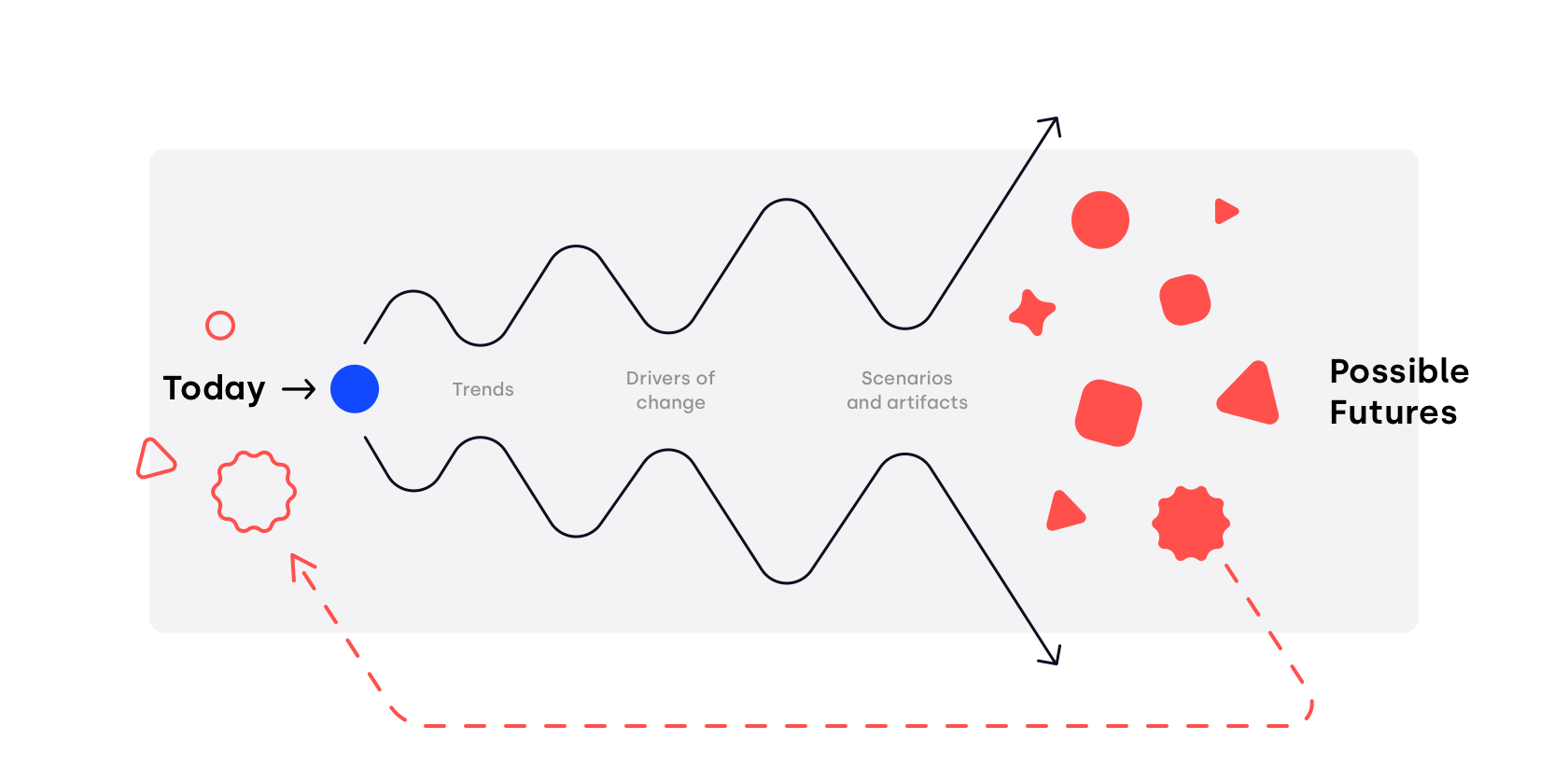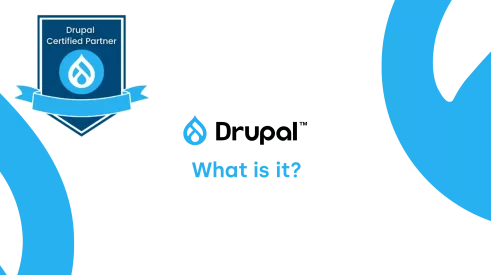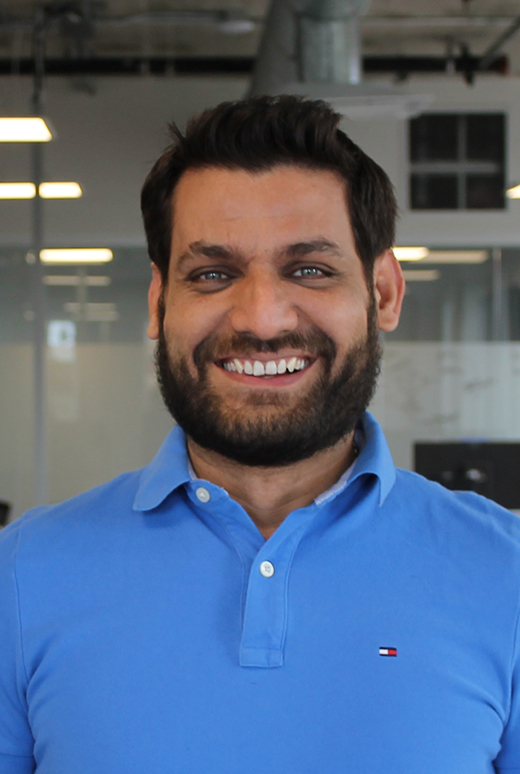As all institutions have begun their digital transformation, moving away from paper, and Dunder Mifflin branches continue to close, believing in digital is no longer a question, it’s reality. However, as the metaverse is at our doorstep and Chat GPT writes emails for us, are we really reaching a utopian future of automation, or are we losing control of this beast that changes too quickly for us to adapt fast enough?
Modern Challenges, Modern Solutions
Currently, the latter option seems more accurate: In a few decades, we have moved from a society of small local businesses and paper checks to a world where almost everything must have a digital version, and everything must accelerate, even to the point of forgetting the limits of available resources. As a result, according to the World Economic Forum, 40% of CEOs do not think their company will remain viable in 10 years at the current pace, and 75% of organizations are not prepared for major changes in their industry.
Since modern challenges demand modern solutions, a growing number of companies around the world have begun to apply new methods of design and problem-solving.

Systems Thinking: Forgetting Nothing and No One
There are several methods for designing and developing digital products that are useful and sustainable. At Libéo, we already apply co-design and agility to ensure iterative building and adjust to our clients’ goals and their users’ needs through interviews and user testing. Adding to this, guiding our clients in the design of their service, it is possible to paint a clear picture of the world in which our client’s product will live, then detect patterns, and blind spots.
This holistic vision is generally called systems thinking. By applying this reasoning in our projects, we gain a better understanding of interactions, irritants, and opportunities, and we can prioritize our interventions to solve major problems first.
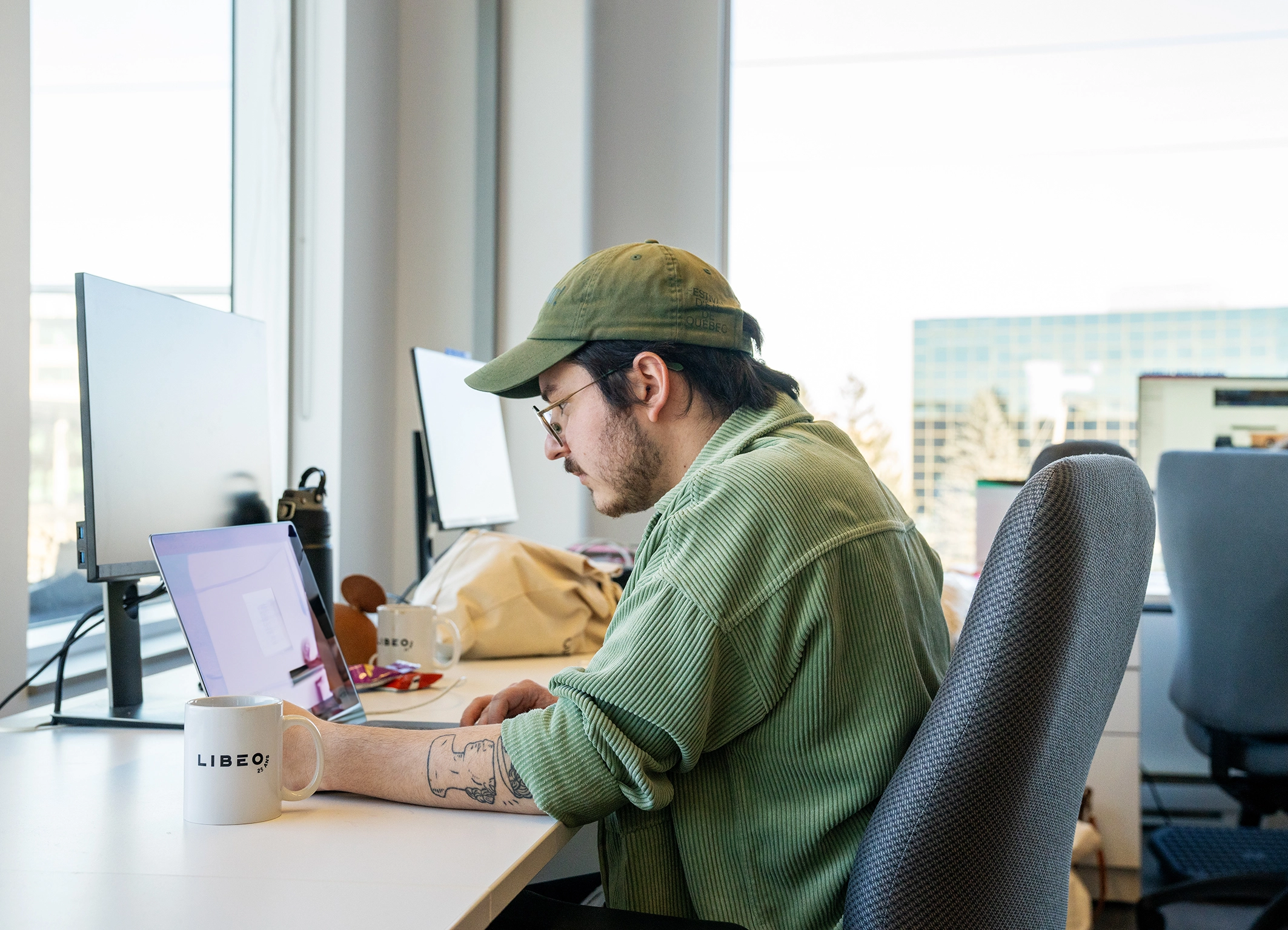
Futures Thinking: Innovating by Observing the Future, Not the Past
Perceiving the world holistically is an excellent starting point for innovating and designing products that will be efficient and benevolent. Now, it remains to be seen how we can ensure that the product we develop will remain relevant and sustainable in the years to come.
We often hear about sustainable development, whether it’s to motivate us to plant trees or reuse our coffee cup, but according to the UN, it’s rather about developing the world based on a long-term vision that considers, yes, the environment, but also economic and social issues, and then viability and equity. This approach is already applied in several other fields, so why not adopt it in digital? For our team, in any case, the principle of long-term vision is a major pillar in supporting our clients, and we continue our efforts to democratize sustainable development and benevolence in each digital product we design.
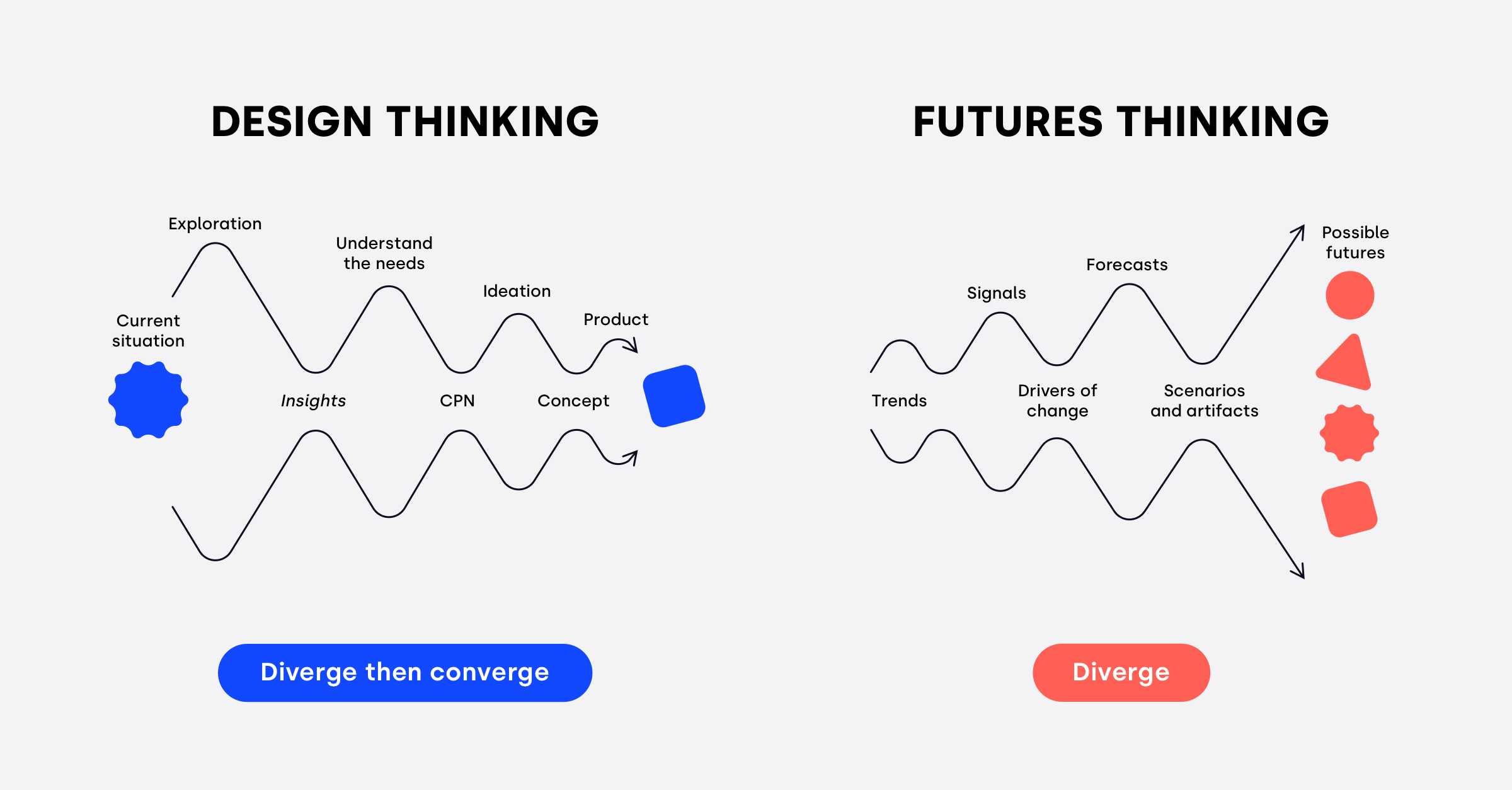
To make this vision of the future concrete and plausible, we need the right tools, which is why we have started practicing Futures Thinking (sometimes translated as prospective thinking or future thinking). Unlike Design Thinking, where the idea is to diverge to find ideas and then converge towards a precise solution centered on the needs of users, Futures Thinking relies on trends and change signals to visualize several probable realities in which products and services could live in the coming years, and thus allows us to prepare for any eventuality. The objectives of these two approaches are complementary, and each is important in its own way.
Strategic Foresight: Training Teams to Handle Possible Futures
Not to be confused with forecasts (e.g., weather), it’s not about calculating probabilities with data, but rather participating in participatory workshops and putting forward our critical thinking to imagine what our world might look like. We can then write a positive scenario, a catastrophic scenario, or a scenario in which our business model will have to adapt if we want to survive.
To do this, strategist and author Anna Roumiantseva published writings in 2016 on strategic foresight, which she presents as a coaching role that trains teams to open up to uncertainty and helps them align towards a unified vision. It’s about presenting forecasts, but also about identifying trends and drawing inspiration from predictions found all around us in order to perceive the winds of change that we can follow, even before our competitors.
An Innovative Service Offering in Quebec
Although still little studied in Quebec, this approach has already proven itself in many industries around the world, and this service offering will be added to our portfolio of workshops as early as 2024. We strongly believe that foresight must be democratized in companies, and that we can help our clients better prepare for market transformations.
Leaving the workshops, you will have in hand all the scenarios we have created, but also concrete ideas of products, services, and interventions that we will have prioritized with a view to activating the best quickly.

On your end, how do you prepare for it?
Foresight is primarily a mindset, and therefore a skill that can be developed. If you’re interested in this approach, it’s best to practice thinking this way, so it becomes a reflex or even a cross-functional skill within your teams. Do you have an outdoor activity planned with the office? Don’t try to guess if it will rain; instead, plan what to do if that possibility arises. It’s as simple as that, thinking about the futures (plural)!
Would you like assistance in this practice?
At Libéo, our mission is to unleash the full potential of both our clients and colleagues. That’s why we place a strong emphasis on continuous learning. Our approach to the digital realm has always allowed us to cultivate a culture based on learning. Our team of strategists and consultants would be delighted to assist you in the practice of foresight to develop a high-performing digital product that is user-centric and, most importantly, sustainable. When investing hundreds of thousands of dollars in digital endeavors, one doesn’t want to start from scratch every time. It’s essential to foresee the future in order to shape sustainable products.

